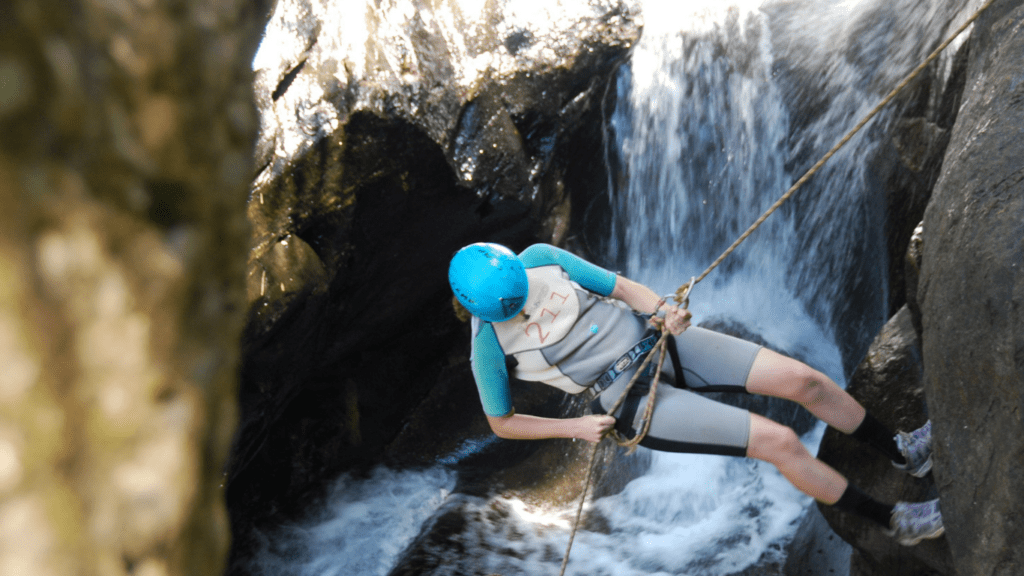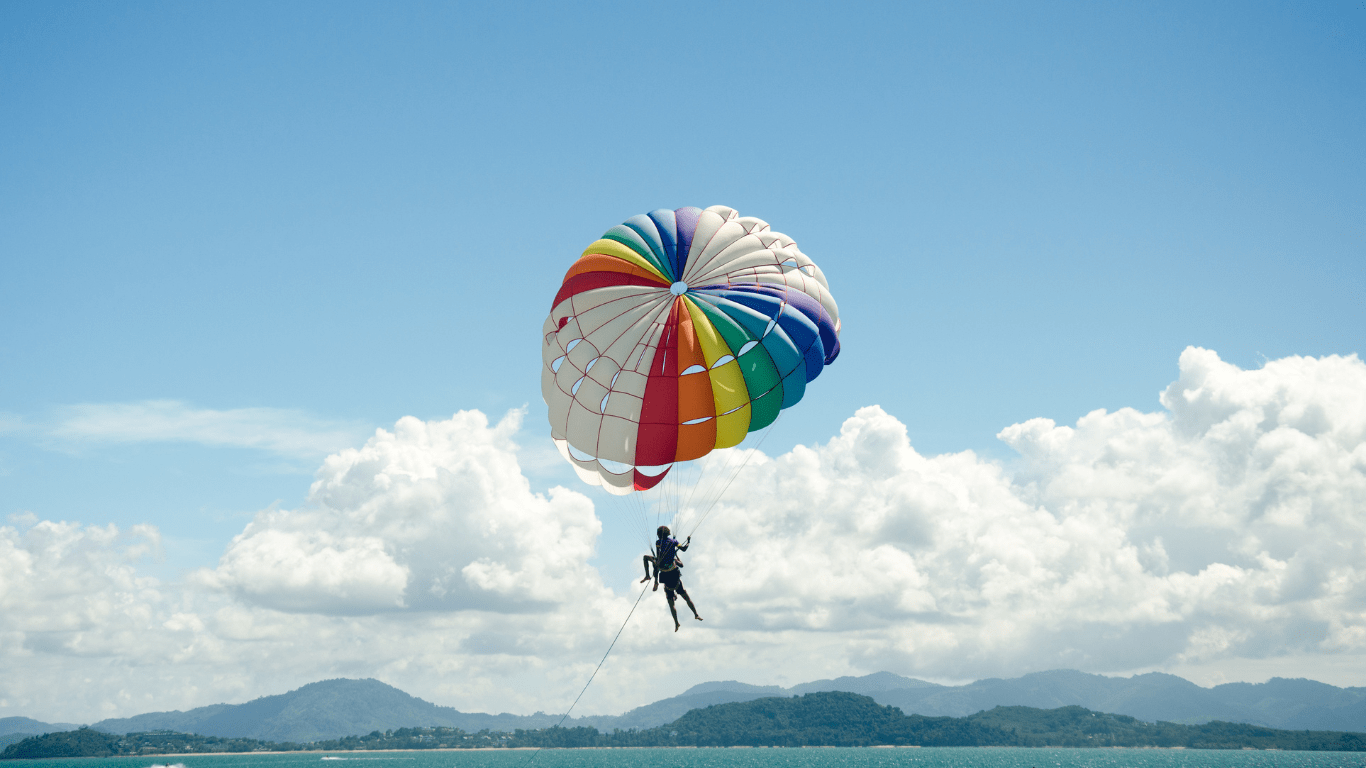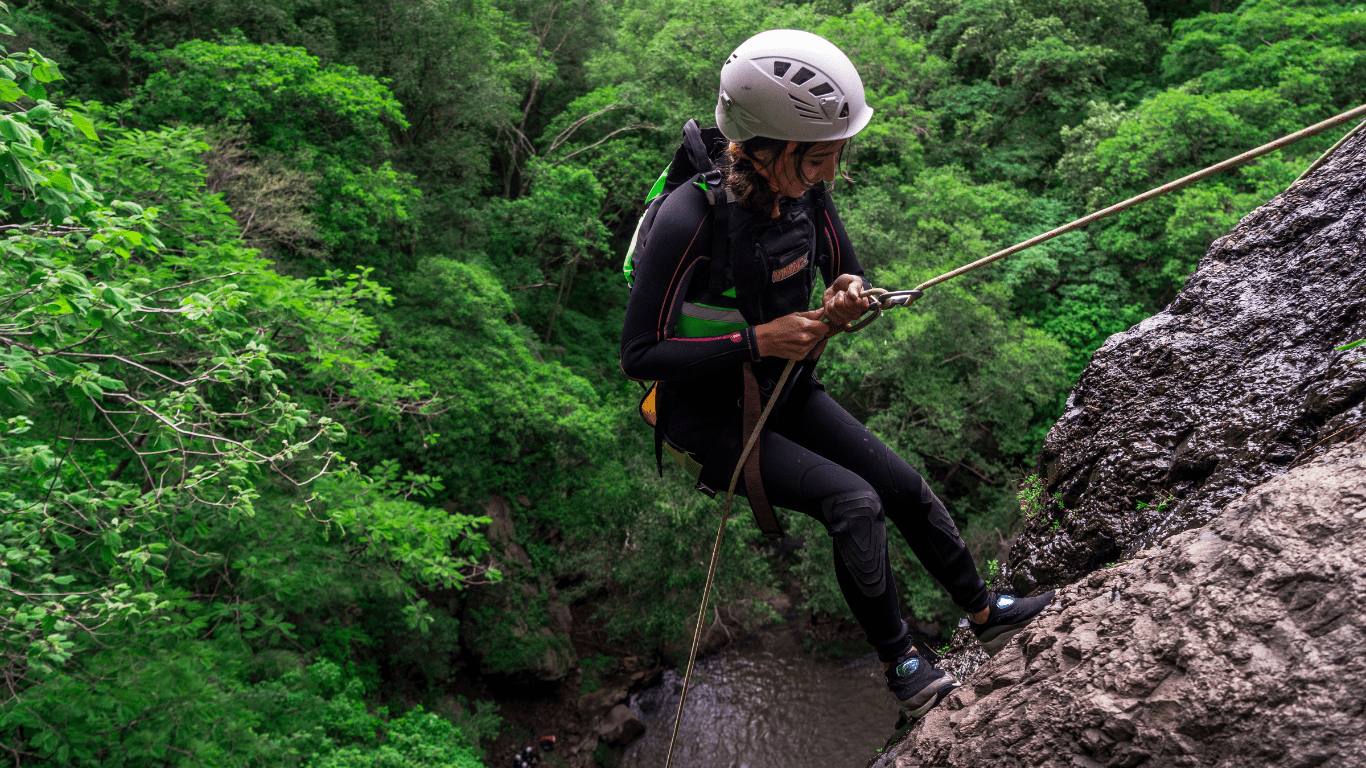The Allure of Adrenaline: Understanding the Appeal of Extreme Sports
The Psychology Behind Thrill Seeking
Exploring the psychology of thrill-seekers sheds light on why individuals are drawn to extreme sports.
As an adventurer myself, understanding the mindset of these individuals is crucial.
Thrill-seeking behavior is often linked to seeking novelty and excitement, pushing personal boundaries to experience intense sensations.
These enthusiasts thrive on the challenge and the feeling of overcoming fear, leading to a heightened sense of achievement and satisfaction.
The Role of Adrenaline in Extreme Sports
Adrenaline, also known as the “fight or flight” hormone, plays a vital role in extreme sports.
When engaging in high-risk activities, the body releases adrenaline in response to perceived danger, preparing the individual for action.
This hormone triggers physiological changes such as:
- increased heart rate
- improved strength
- heightened alertness
enabling athletes to perform at their peak.
The rush of adrenaline experienced during extreme sports not only enhances physical performance but also contributes to the overall thrill and excitement that enthusiasts seek.
Popular Extreme Sports and Their Inherent Risks
1. Skydiving: The Ultimate Free Fall
When it comes to extreme sports, skydiving is the epitome of adrenaline-pumping thrills.
Jumping out of a plane at thousands of feet above ground, you’re not just defying gravity; you’re embracing the ultimate free fall experience.
The rush of wind, the vast expanse below, and the sheer intensity of the moment make skydiving a favorite among thrill seekers like me.
2. BASE Jumping: Leaping from Fixed Objects
For those seeking an even greater rush, BASE jumping takes adrenaline to new heights.
Unlike skydiving, BASE jumpers leap from fixed structures like buildings, antennas, spans, and earth (cliffs).
The margin for error is minimal, and the thrill of plummeting towards the ground at breakneck speed is a test of nerves and skill. It’s a sport that pushes me to the edge of my limits, both mentally and physically.
3. Big Wave Surfing: Conquering the Ocean’s Fury
Big wave surfing is where the raw power of nature meets the daring spirit of thrill seekers.
Riding colossal waves that can tower several stories high, surfers brave the ocean’s fury in a battle of skill and courage.
The adrenaline surge as you drop into a massive wall of water and the exhilaration of conquering a colossal wave are unmatched.
This sport isn’t just about riding waves; it’s about conquering a force of nature with nothing but a board and unwavering determination.
Risk Vs. Reward: The Calculus of Extreme Athletes
Assessing Dangers and Preparing Mentally and Physically
Entering the realm of extreme sports demands a precise understanding of the inherent risks involved. Before embarking on any adrenaline-fueled escapade, thorough preparation is key.
Whether it’s skydiving from dizzying heights, leaping off towering bridges in BASE jumping, or riding monstrous waves in big wave surfing, meticulous planning is a non-negotiable step for participants like me.
To alleviate potential dangers, rigorous mental and physical training is imperative.
As an enthusiast, I constantly assess the dangers lurking within each extreme sport I undertake.
Engaging in detailed risk assessments allows me to proactively identify hazards and adopt strategies to mitigate them.
This meticulous approach not only enhances performance but also minimizes the likelihood of accidents or injuries.
Physically, I ensure my body is in peak condition to withstand the extreme demands of these sports.
Regular exercise, strength training, and flexibility routines are essential in preparing my body for the rigorous challenges ahead.
Rigorous physical conditioning not only optimizes performance but also serves as a protective shield against potential injuries, ensuring that I can push my limits without compromising safety.
Managing Fear and the Pursuit of Euphoria
Conquering fear is a cornerstone of the extreme sports experience. As an avid participant in these adrenaline-pumping activities, I’ve learned to embrace fear as a catalyst for personal growth and exhilaration.
Rather than succumbing to paralyzing dread, I harness fear as a powerful motivator that propels me towards conquering new heights and pushing past my limitations.
The pursuit of euphoria drives me to seek out increasingly daring challenges, fueling my passion for extreme sports.
The electrifying rush of adrenaline, the palpable sense of danger, and the overwhelming sense of accomplishment all contribute to a euphoric state that keeps me coming back for more.
By managing my fears and channeling them into productive energy, I navigate the fine line between danger and bliss, unlocking unparalleled thrills that redefine my boundaries time and time again.
Safety Measures and Training: Mitigating the Dangers

1. The Importance of Expert Guidance and Gear
In extreme sports, having expert guidance and top-notch gear is paramount in mitigating risks.
Experienced instructors bring a wealth of knowledge, ensuring proper techniques are followed to enhance safety.
They provide valuable insights, correcting form and offering tips to navigate challenges effectively.
Additionally, high-quality gear designed for specific activities can significantly reduce the likelihood of accidents.
From helmets and harnesses to specialized equipment, relying on reliable gear enhances both performance and safety in the world of extreme sports.
2. Training Regimens for High-Risk Activities
Engaging in high-risk activities demands rigorous training regimens to prepare both mentally and physically for the challenges ahead.
Training sessions focus on building strength, agility, and endurance tailored to the demands of the sport.
Mental preparedness is also crucial, with exercises to enhance focus, decision-making under pressure, and risk assessment.
By practicing in controlled environments and simulating real-life scenarios, athletes can hone their skills and reactions.
Following structured training programs is key to minimizing the dangers associated with extreme sports and ensuring a safer and more exhilarating experience.
The Impact of Extreme Sports on Lifestyle and Culture
How Extreme Sports Shape Identity and Community
Engaging in extreme sports isn’t just about seeking thrills; it’s a way of shaping one’s identity and building a unique community.
By participating in activities like skydiving, BASE jumping, or big wave surfing, individuals push their personal boundaries, challenging themselves both mentally and physically.
This process of self-discovery helps athletes define who they are and what they’re capable of achieving.
Moreover, the shared experiences of overcoming fears and accomplishing feats together create a strong sense of camaraderie among participants, fostering a tight-knit community of like-minded adrenaline junkies.
The Influence on Mainstream Sports and Media
The popularity of extreme sports has had a significant impact on mainstream sports and media in recent years.
Traditional sports outlets have started to incorporate coverage of extreme sports events, recognizing the growing appeal and audience for these adrenaline-fueled activities.
As a result, extreme athletes are gaining more visibility and recognition, challenging the conventions of traditional sports and expanding the boundaries of what is considered athletic prowess.
This shift is not only redefining the concept of sports but also reshaping how these thrilling activities are portrayed and consumed in the media, appealing to a wider demographic of spectators and enthusiasts.



